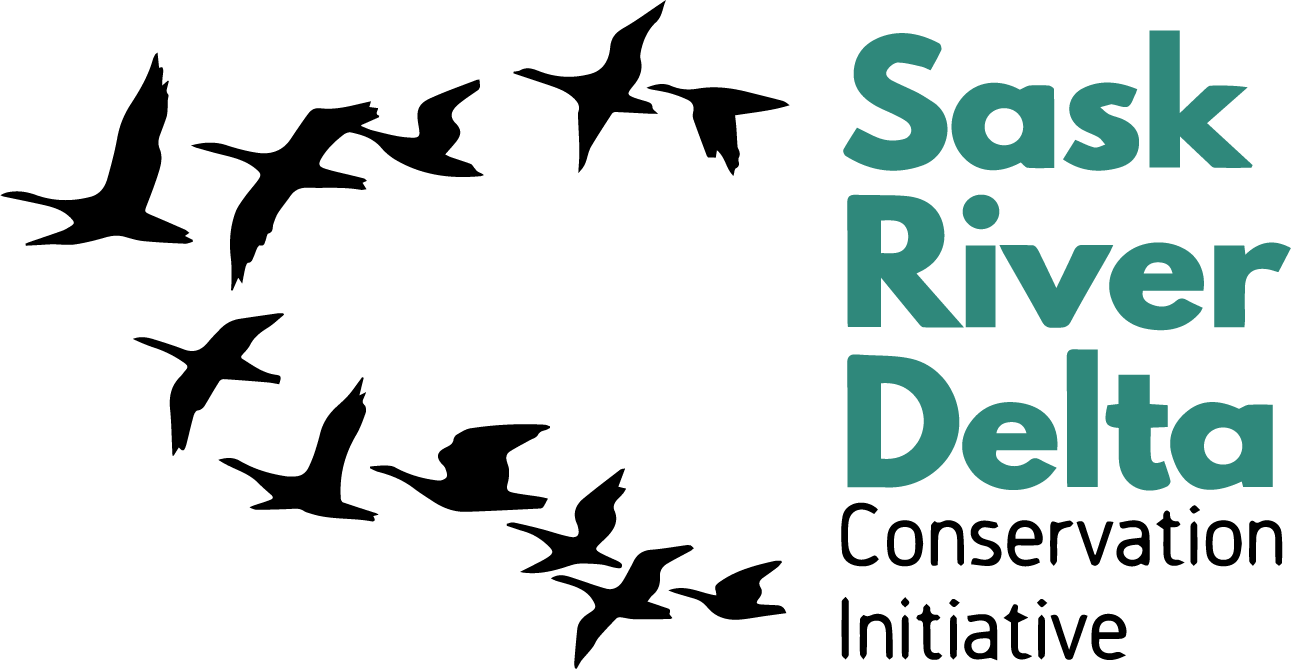The Saskatchewan River Delta is in the process of being nominated for a Ramsar Designation.
What is Ramsar?
The Ramsar Convention is an international treaty that was formed in 1971 in Ramsar, Iran to designate specific wetlands as internationally important.
The mission of the Ramsar Convention is to conserve wetlands and use them appropriately by local and national action, and international cooperation
The Saskatchewan River Delta is one of the most important wetlands in Canada.
To get the delta the international recognition that it deserves, work has been done to have it nominated as a Ramsar site.
Why do we care about wetlands?
Wetlands are important ecosystems that provide specific benefits to other interconnected parts of a landscape. They:
help protect against the aftereffects of major storm events such as floods.
store water and help protect against drought.
help clean sediments and toxic materials.
are home to many animal and plant species and provide food for them. This includes local and migrating species.
provide many ecosystem services (services that nature provides for humans), like food, water, recreation, etc.
“Wetlands on the Ramsar list are designated for their high value to the country and the world for the ecosystem services and benefits provided.”
— Ramsar
There are currently 37 Ramsar sites in Canada and more than 2,400 around the world. There is typically at least 1 or 2 Ramsar sites designated every month.
Ramsar in Saskatchewan
Saskatchewan currently has 2 Ramsar sites:
Last Mountain Lake was designated in 1982, with 15,602 hectares (156.2 km2).
Quill Lakes was designated in 1987, with 63,500 hectares (635 km2).
Ramsar success stories
Communities, local government, and non-governmental organizations worked together and removed 10,000 kilograms of invasive Phragmites from the Collingwood’s Coastal Wetlands in Ontario over 2 years after developing a community action plan.
Ramsar in Canada
Canada joined the Ramsar Convention in 1981.
The last Canadian site was designated at Columbia Wetlands, British Columbia in 2005.



